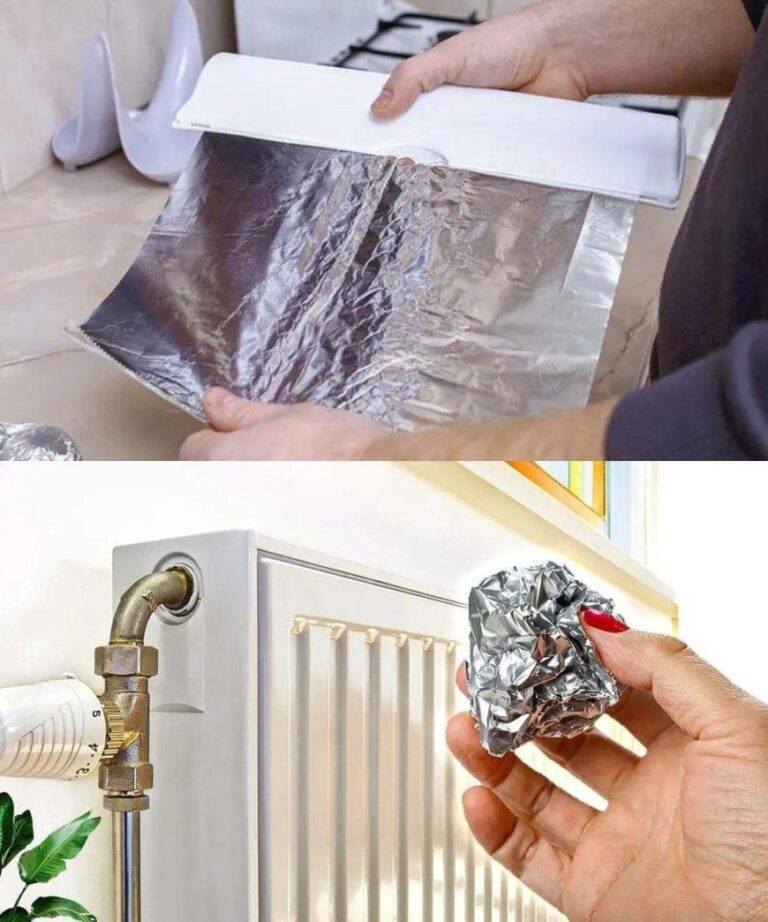ADVERTISEMENT
### **2. Walls and Ceilings**
Uninsulated or poorly insulated walls and ceilings can also lead to significant heat loss. If your home isn’t properly insulated, the heat from your furnace or space heater will escape into the cold exterior walls and ceiling, leaving you with a chilly home.
### **3. Floors**
If your floors aren’t insulated, you may feel the cold seeping up from the ground, especially if you have hardwood or tile floors. This can make a room feel much colder than it actually is.
### **4. Air Leaks and Drafts**
Even small gaps and cracks around windows, doors, and vents can lead to significant heat loss. Drafts allow cold air to enter your home, which forces your heating system to work harder.
Proper insulation is key to keeping your home warm in winter without driving up your heating bills. While improving insulation throughout your entire home can be costly, there are simple and affordable ways to make a big impact — like using thermal curtains.
## **What Are Thermal Curtains?**
Thermal curtains, also known as insulated curtains, are specially designed window treatments that help reduce heat loss and increase energy efficiency. These curtains are made from thick, heat-retaining materials that trap warm air inside your home while blocking out cold air from the outside. Thermal curtains are often equipped with multiple layers of fabric, including a layer of insulation that helps to keep the heat in during the winter months.
Thermal curtains come in a variety of materials, colors, and styles, allowing you to choose the option that best suits your home’s décor while still providing energy-saving benefits. Some thermal curtains also come with a reflective coating on the back to prevent heat from escaping through the window.
### **How Thermal Curtains Work**
Thermal curtains work by creating a barrier between the cold air outside and the warm air inside your home. This barrier helps to reduce the transfer of heat, which is known as “thermal bridging.” Here’s how they do it:
1. **Insulation**
The primary function of thermal curtains is to insulate your windows. The thick, multi-layered fabric traps warm air inside your home while blocking cold air from entering. This helps to keep the temperature inside your home more consistent and comfortable.
2. **Blocking Drafts**
Many thermal curtains are designed to cover the entire window and extend down to the floor. This helps to prevent drafts from sneaking in around the edges of the window, which is a common cause of heat loss. By covering the window completely, thermal curtains seal off any gaps where air might otherwise leak through.
3. **Reflective Backing**
Some thermal curtains have a reflective coating on the back, which helps to reflect heat back into the room. This is particularly beneficial during the winter months, as it prevents the heat generated by your heating system from escaping through the windows.
4. **Reducing Heat Transfer**
Thermal curtains also help reduce the amount of heat that is transferred through the glass of the window. Windows are a major point of heat loss in any home, and thermal curtains act as an additional layer of protection to prevent that heat from escaping.
### **The Benefits of Thermal Curtains**
Now that we understand how thermal curtains work, let’s take a look at the many benefits they provide, especially during the winter months:
### **1. Lower Energy Bills**
One of the most significant advantages of thermal curtains is their ability to lower your energy bills. By preventing heat from escaping through your windows and blocking cold drafts, thermal curtains reduce the workload on your heating system. As a result, your furnace or space heater doesn’t have to work as hard to keep your home warm, leading to lower energy consumption and reduced heating costs.
In fact, studies have shown that homeowners who install thermal curtains can save up to 25% on their heating bills during the winter months. The savings can add up over time, making thermal curtains a wise investment for anyone looking to reduce their energy costs.
For Complete Cooking STEPS Please Head On Over To Next Page Or Open button (>) and don’t forget to SHARE with your Facebook friends
